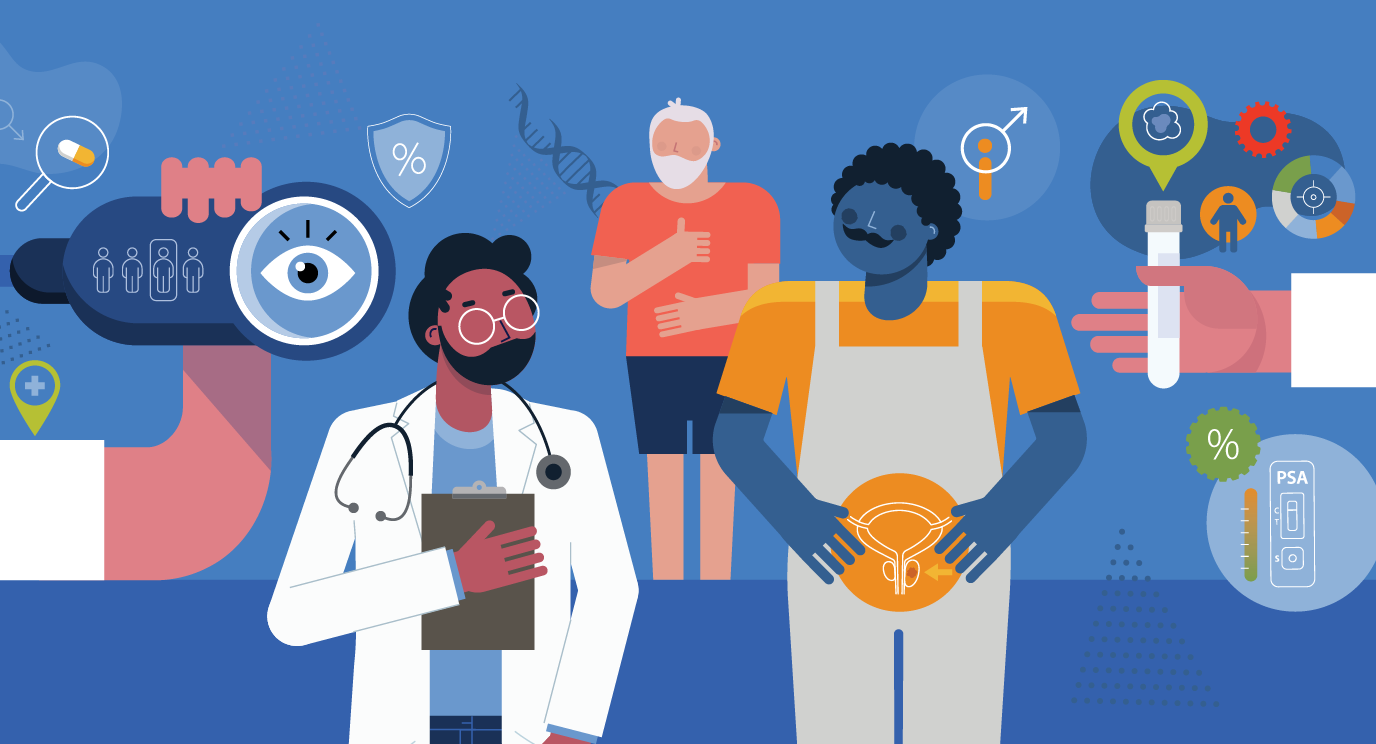- Diseases
- Acoustic Neuroma (14)
- Adrenal Gland Tumor (24)
- Anal Cancer (68)
- Anemia (2)
- Appendix Cancer (16)
- Bile Duct Cancer (26)
- Bladder Cancer (72)
- Brain Metastases (28)
- Brain Tumor (232)
- Breast Cancer (714)
- Breast Implant-Associated Anaplastic Large Cell Lymphoma (2)
- Cancer of Unknown Primary (4)
- Carcinoid Tumor (8)
- Cervical Cancer (158)
- Colon Cancer (166)
- Colorectal Cancer (116)
- Endocrine Tumor (4)
- Esophageal Cancer (44)
- Eye Cancer (36)
- Fallopian Tube Cancer (8)
- Germ Cell Tumor (4)
- Gestational Trophoblastic Disease (2)
- Head and Neck Cancer (12)
- Kidney Cancer (128)
- Leukemia (342)
- Liver Cancer (50)
- Lung Cancer (286)
- Lymphoma (278)
- Mesothelioma (14)
- Metastasis (30)
- Multiple Myeloma (100)
- Myelodysplastic Syndrome (60)
- Myeloproliferative Neoplasm (4)
- Neuroendocrine Tumors (16)
- Oral Cancer (100)
- Ovarian Cancer (172)
- Pancreatic Cancer (160)
- Parathyroid Disease (2)
- Penile Cancer (14)
- Pituitary Tumor (6)
- Prostate Cancer (146)
- Rectal Cancer (58)
- Renal Medullary Carcinoma (6)
- Salivary Gland Cancer (14)
- Sarcoma (238)
- Skin Cancer (296)
- Skull Base Tumors (56)
- Spinal Tumor (12)
- Stomach Cancer (64)
- Testicular Cancer (28)
- Throat Cancer (92)
- Thymoma (6)
- Thyroid Cancer (96)
- Tonsil Cancer (30)
- Uterine Cancer (80)
- Vaginal Cancer (16)
- Vulvar Cancer (20)
- Cancer Topic
- Adolescent and Young Adult Cancer Issues (20)
- Advance Care Planning (10)
- Biostatistics (2)
- Blood Donation (18)
- Bone Health (8)
- COVID-19 (362)
- Cancer Recurrence (120)
- Childhood Cancer Issues (120)
- Clinical Trials (630)
- Complementary Integrative Medicine (22)
- Cytogenetics (2)
- DNA Methylation (4)
- Diagnosis (232)
- Epigenetics (6)
- Fertility (62)
- Follow-up Guidelines (2)
- Health Disparities (14)
- Hereditary Cancer Syndromes (126)
- Immunology (18)
- Li-Fraumeni Syndrome (8)
- Mental Health (116)
- Molecular Diagnostics (8)
- Pain Management (62)
- Palliative Care (8)
- Pathology (10)
- Physical Therapy (18)
- Pregnancy (18)
- Prevention (914)
- Research (392)
- Second Opinion (74)
- Sexuality (16)
- Side Effects (604)
- Sleep Disorders (10)
- Stem Cell Transplantation Cellular Therapy (216)
- Support (402)
- Survivorship (320)
- Symptoms (182)
- Treatment (1786)
How 'The Fault in our Stars' helped me through medulloblastoma treatment
3 minute read | Published June 06, 2014
Medically Reviewed | Last reviewed by an MD Anderson Cancer Center medical professional on June 06, 2014
*Warning: Spoilers ahead*
"The Fault in Our Stars" has been my favorite book since Christmas of my freshman year of high school -- well before my medulloblastoma diagnosis. I've read it at least eight times. I've made connections that are probably just coincidences, and I've made everyone that I love read it.
"The Fault in Our Stars" is the story of smart and surly Hazel Grace Lancaster, a 16-year-old cancer patient who falls in love with Augustus Waters, an osteosarcoma survivor she meets in a support group.
Unlike my fellow fans, I'm confident in saying that I relate to Hazel a little more than my Augustus Waters-loving classmates.
How "The Fault in Our Stars" helped during medulloblastoma treatment
My perspective on"'The Fault in Our Stars" changed after I my medulloblastoma diagnosis. At first, I thought Hazel was rude and hostile, but after I started medulloblastoma treatment, I understood her point of view. She really and truly wasn't being rude or hostile. She was being cautious. She thought if she got close to anyone, she would eventually let them down or hurt them. Like Hazel, I know what it means to be a grenade.
Throughout the book, you meet all the different types of cancer patients in the forms of sickly teenagers who literally meet in the heart of Jesus. I've related to every single diseased teenager in this book. I have searched all over MD Anderson for my personal Augustus and fallen short. And I have mocked the nurses just like Hazel and Isaac do. I have attempted becoming friends with other patients, but I always seem unapproachable.
And while Hazel often whispered to her lungs "to keep it together" in the important moments, I have whispered to my brain to control the headaches caused by my medulloblastoma.
Every time I have my doubts, I reread the book. If Augustus can see his life as "a roller coaster that only goes up," I can, too. Rereading "The Fault in Our Stars" has helped mediate my mood swings and kept me focused on fighting the battle.
Finding the comedy in tragedy
John Green wrote this book in honor of his friend, Esther, who died of cancer at age 16. She inspired Green to write "The Fault in Our Stars" to show that although you may live a short life, you can live a full life.
My favorite part of this book is the two last words: "I do." I did a little research and found that it symbolizes marriage -- a reference to how Shakespeare's comedies ended in marriage while his tragedies ended with death. While a story about cancer could easily be a tragedy, Green shows us that cancer can be both comic and tragic.
A nurse once told me I should find my laugh in all of this because it is what will push me through medulloblastoma treatment. In the book, there are multiple times where Hazel laughs at something inappropriate. I hold onto that the most, I just need to find my laugh, and the rest will work itself out.
Everything in life could end in tragedy or comedy. Cancer itself may be a tragedy, but it is our job to transform it into a comedy. I do.
Related Cancerwise Stories

Cancer itself may be a tragedy, but it is our job to transform it into a comedy.
Sabrina Dominguez
Survivor





